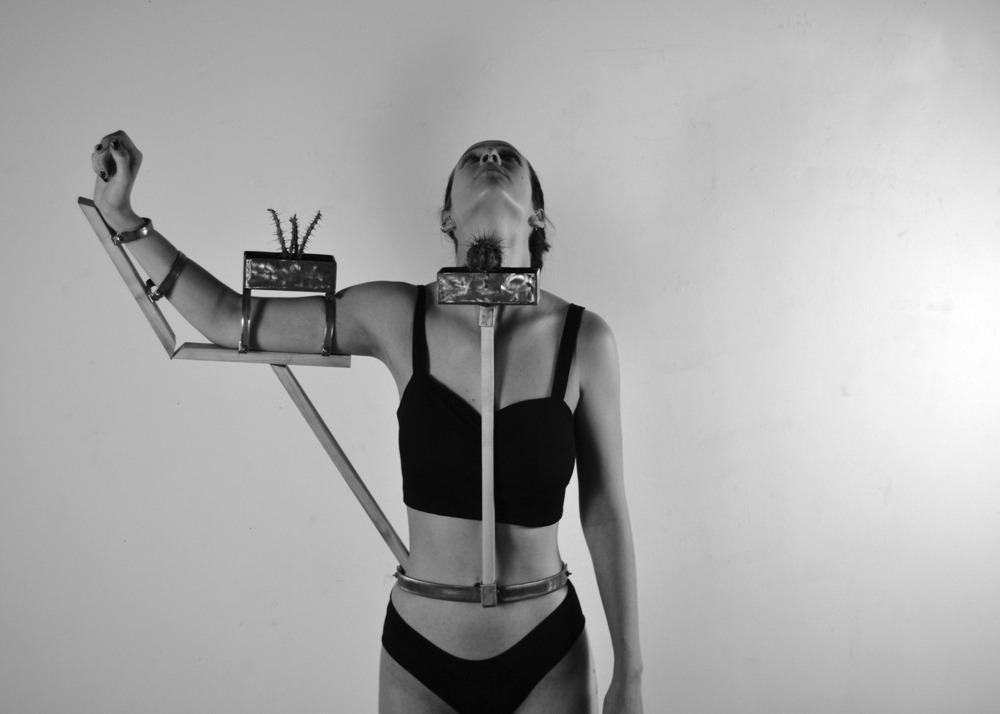
ARMATURE
first performed on April 24, 2019
Georgia State University, Atlanta, GA
performed twice in 2019
KYLIE REECE LITTLE
Atlanta, GA / Indianapolis, IN
613116746k613116746y613116746l613116746i613116746e613116746.613116746r613116746.613116746l613116746i613116746t613116746t613116746l613116746e613116746@613116746g613116746m613116746a613116746i613116746l613116746.613116746c613116746o613116746m
kyliereecelittle.com
ARMATURE
KYLIE REECE LITTLE
Amidst the Anthropocene, I find it especially important to give agency to the non-human objects and materials that surround us; I attempt to do this by segmenting issues you cannot directly see or touch, such as the expanse of global warming, and making those issues visible and tactile. I consider myself an eco-materialist because in my work, I attempt to be conscious of the forms of matter involved as well as advocate for viewers to seek out a tactile and mutually beneficial relationship with natural substances. I tend to organize my work in a rational, human way where the incorporated natural elements are being controlled, compressed, or contained. In some ways, this gives the manipulator (myself) the authority; however, the effort involved in controlling these elements is a way in which they take their power back.
In my performance of “Armature,” I wear a handmade brace made of steel, pine, and brass hardware that houses two cacti. These living organisms live along with me; they live on me and my body becomes the space our world currently lacks. In the scenario of this performance, neither I nor the cacti are in our best environment for growth. We are both vulnerable to the other.
The live performance was my first time wearing “Armature.” I began the performance already in pain as I had to wear this brace while waiting for my turn; it is a difficult, slow process getting it on and off the body. I stood still and silent the whole time for fear that any movement would cause the cacti around my neck to break the skin. It turns out, that position—standing erect with my arm up at 90° and my head back—caused more discomfort than the needles of the cacti. The first performance took place in a casual, classroom setting with about fifteen people in the audience. Initially, they were asking questions (that I could not answer) and having a discussion centered around the work. After about eight or nine minutes, the room was fairly quiet and everyone watched from their seats as I started to cry. The physical pain was apparent, but I was not expecting that response from myself; I believe the tears came as an emotional release and submission to the process. I then felt the need to get the brace off immediately and made my way (carefully) to the bathroom, my friend following close behind to help. Once removed, I could breathe.
Since I cannot put a face or name to the primary exploiters of our planet, I see this action as a sort of penance for our collective lack of action. I take this shame upon myself and consider this piece an incomplete, insufficient, and inappropriate apology from maker to material.